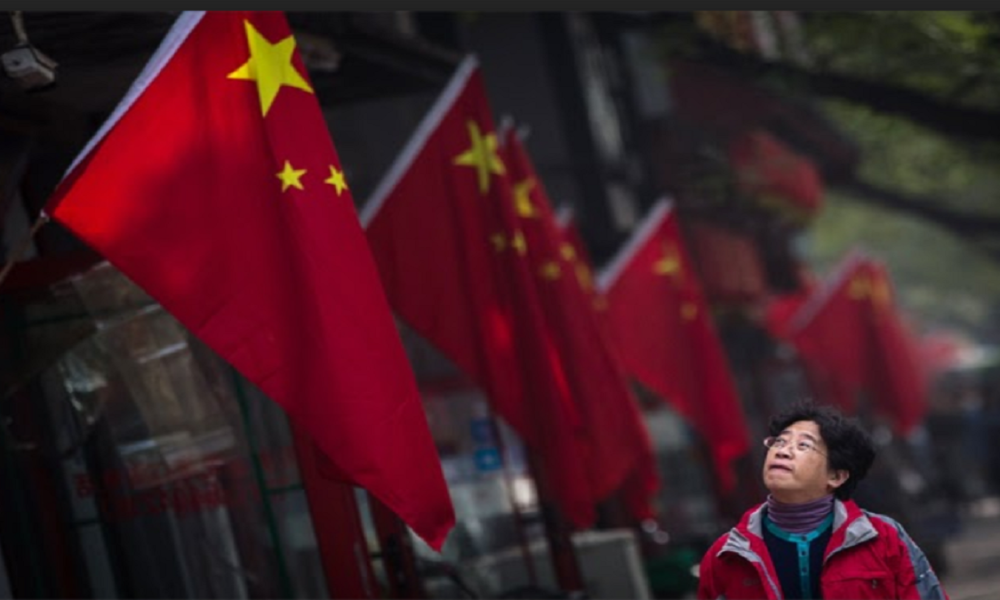An attempt is being made to “justify” Chinese incursions into different areas of Ladakh along the Line of Actual Control by saying that India spooked China by “abrogating” Article 370 and making Ladakh into a Union Territory, as well as by making statements about taking over Pakistan Occupied Jammu and Kashmir and Gilgit-Baltistan. Apparently, it is to pre-empt all this that China decided to secure the broader area through which the China-Pakistan Economic Corridor (CPEC) passes, by eliminating Indian presence from there. This amounts to mirroring the views of the Chinese analysts, who can say anything and everything. Propaganda is what China feeds on and disseminates. The problem arises when Indians start using the same argument, for then it becomes a justification of the naked aggression by the Chinese PLA forces. It also plays into the hands of our enemy, so is best avoided. Let’s not make any mistake. China would have done what it is doing even if Article 370 was not tweaked or Ladakh was not declared a union territory. “Friendship” with Nepal is not stopping China from grabbing its territory. Let there not be any illusions about the real nature of China’s ambition. It is fuelled by the belief that since it has a history— a middle kingdom to be specific—it must regain its past glory by being the overlord of the world, with vassal states paying obeisance to it. It is through this prism that all of China’s actions need to be seen.
Territorial disputes exist all over the world. But it is only where these disputes concern China, military muscle comes into play, the South China Sea being a case in point. The fact also is that China has sorted out most of its border disputes with other countries, but not with India. Has it kept the issue alive as a thorn on India’s side with the intention of keeping its powerful neighbour under check? With the latest incursions and the Galwan Valley clash, China has violated as many as three agreements that the two countries had inked in 1993, 1996 and in 2013 on maintaining peace along the LAC—and this in spite of zero provocation from the Indian troops on the ground. So obviously, this was premeditated action in keeping with its past behaviour of encroaching on disputed territory in the hope of gaining strategic advantage. The timing, in this case, is important because China expected India, busy tackling the coronavirus crisis, to be weak and not offering any resistance. It’s a different matter that it misread the situation and was left shell shocked. In this context, we need to see what is happening in Hong Kong. China’s imposition of its anti-protest law in Hong Kong blatantly reneges on the handover agreement it signed with the British in 1997, agreeing to allow Hong Kong citizens democratic rights for 50 years; that agreement lasted barely 23 years. So where its own interests are concerned, China makes its own rules. In fact, China does what it does because it can do it, and more often than not, because it can get away by doing it—check the silence of the United Nations, or even India, on Hong Kong. It is surprising that the most populous democracy in the world, a country which has democracy in its DNA, is yet to utter a single word about the way China throttled Hong Kong and killed its democratic rights, so much so that damaging public transport there will now be construed as terrorism, with a likely life term in prison. As for our own Chinese problem, the least we as Indians can do is not justify China’s action by saying “it’s our fault”. Make no mistake, it’s China’s fault—always.








